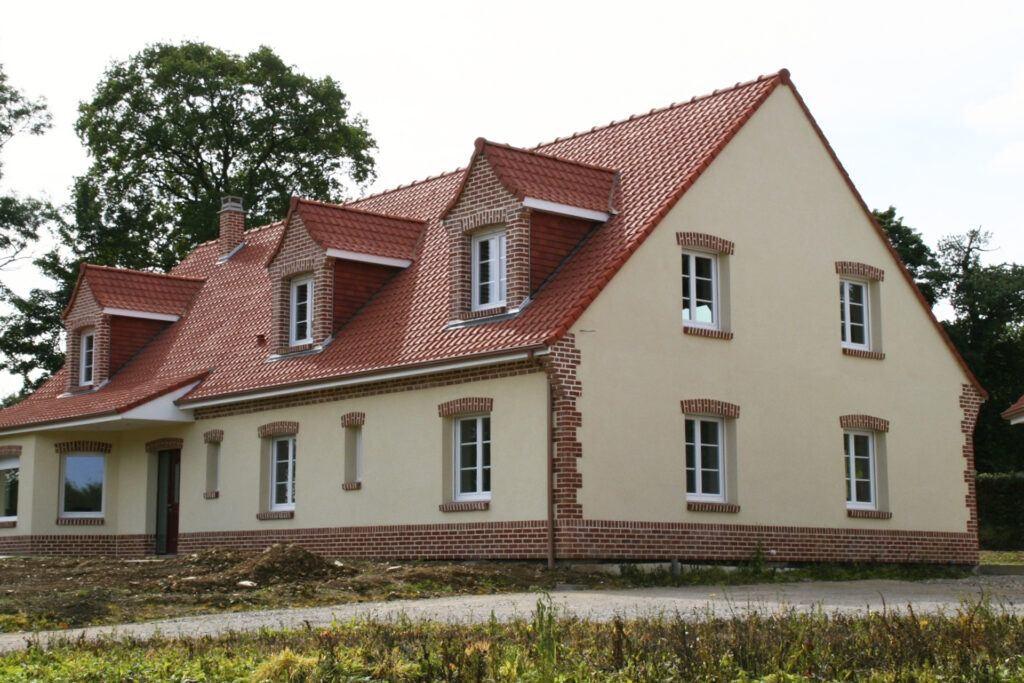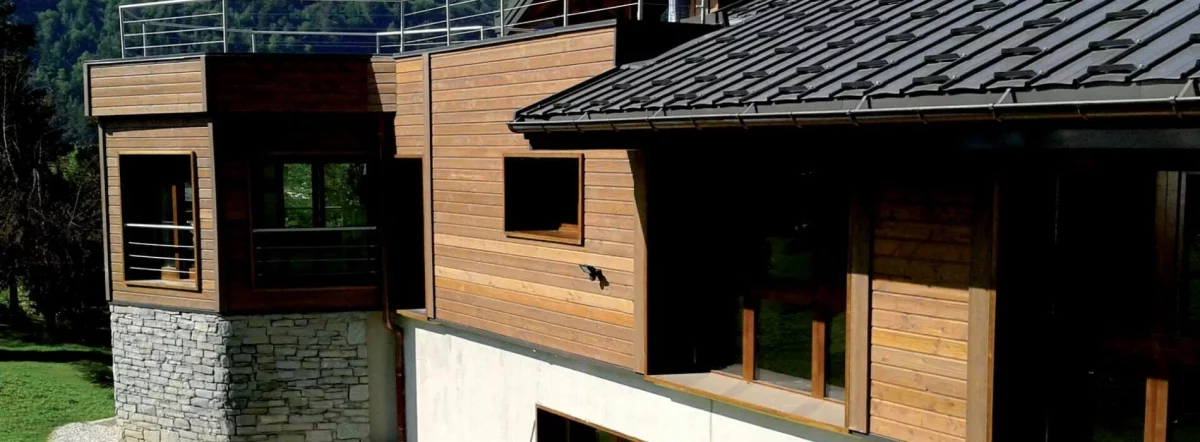Passive houses are buildings that combine all-season comfort with energy savings. It features specific technical characteristics and energy performance levels that are significantly higher than those of low-energy housing. If you'd like to build a Passive House, find out more about the applicable standards and the conditions to be met.
Understanding the passive house concept
Today, more and more investors are interested in the passive house, because it's clear that it will become a benchmark in the years to come, just as the low-energy house is in France.
Passive houses are characterized by a constant indoor temperature, whatever the season. Occupants enjoy comfortable living not only in summer, but also in winter. The infrastructures installed exploit the building's natural environment to supply it with energy, reducing heating costs to a minimum. The Passivhaus concept originated in Germany. It arrived in France around 2005, thanks to the Grenelle de l'Environnement initiatives.
The concept of the passive house, or house without heating, is based on a set of principles designed to ensure optimum thermal comfort while limiting energy requirements. The Passive House is based on these 5 key principles, offering a comprehensive bioclimatic design solution. It delivers high performance in terms of insulation, ventilation and hygrothermal comfort:
- Bioclimatic design
- High-performance insulation
- Controlled ventilation
- Optimal hygrothermal comfort (summer and winter)
- Low, controlled energy consumption
What are the technical features of a passive house?
Passive houses are characterized by a high level of thermal insulation that effectively reduces heat loss. Insulating materials are thicker than those used in standard housing or low-energy properties. Thermal and acoustic comfort is also improved, thanks to reinforced insulation and a better ventilation system. Air-tightness, ventilation and air quality are also optimized thanks to high-performance building materials.
A passive house is a building that is practical, comfortable, efficient, autonomous and so on. And economical in terms of energy input. It's also easier to heat, since it uses a renewable energy source and requires no additional energy for heat production.
Passive heating is an ideal solution for reducing fossil fuel consumption and greenhouse gas emissions. The construction of a passive house therefore represents a real step towards energy sobriety in the building industry.

Passive house: which heating system?
The passive house must be equipped with a heating system that boasts excellent energy performance thanks to the use of renewable energy. These include solar water heaters, heat pumps, etc. The property itself limits its heating needs thanks to the performance of its thermal insulation.
The materials
The materials used for doors and windows must have excellent insulating properties. We recommend installing triple glazing, roller shutters and blinds to protect you from the heat in summer and the cold in winter.
Use energy-efficient electrical equipment and appliances. Consult energy labels to make sure you're making a wise investment. Opt for low-energy light bulbs and LEDs. Check the energy consumption of the ovens, refrigerators and food processors you plan to use. To help you make the right choice, don't hesitate to contact a EUROMAC2 advisor.
Towards more responsible, more efficient real estate
Passive houses are sure to meet any changes in regulations in the years to come. You'll make substantial savings in the long term, thanks to a virtually non-existent energy bill. The ecological footprint of your energy consumption is considerably reduced. When you carry out work that complies with current standards, you can more easily obtain the financial assistance (Prêt à Taux Zéro, reduced-rate VAT, financial aid from local authorities, MaPrimeRenov", etc.) provided by the government to encourage this type of project.
Find out more about our achievements





